Harvey Makes Landfall - Historic/Catastrophic Flooding Likely For South Texas.
Blog Updated At 2:11 PM MDT.
Category 4 Harvey Makes Landfall.
Valid At 9:26 PM MDT Friday, August 25, 2017.
I captured this screenshot shortly after Harvey made landfall.
Valid At 5:22 PM MDT Friday, August 25, 2017.
I captured this screenshot four hours before Harvey made landfall.
Category 4 Hurricane Harvey made landfall at 9 PM MDT last night 4 miles east of Rockport, Texas on the northern end of San Jose Island. Or 30 miles east-northeast of Corpus Christi. Harvey had sustained winds of 130 mph with gusts near 160 mph and a central pressure of 938 millibars or 27.70 inches of mercury.
Harvey is the first Category 4 Hurricane to make landfall in the CONUS since Category 4 Hurricane Charley on August 13, 2004 at Cayo Costa, Florida. The good news is that the city of Corpus Christi missed out on a direct hit from the Hurricane...meaning that the eye made landfall 30 miles to their east-northeast, thus sparing them the worst of the storm surge and eyewall winds. Not to minimize the damages that they did receive however. The bad news is that the Rockport area got hit head on with the eyewall and that area received the worst of the winds and storm surge.
NWS Corpus Christi Doppler Radar Snapshot.
Valid At 5:37 PM MDT Friday, August 25, 2017.
A very interesting feature was captured on radar late yesterday afternoon. It has long been known that birds get trapped in the eyewall of Hurricanes. Using the Correlation Coefficient (CC) model of the radar I apparantley captured this. Circled in white is the eyewall of the Hurricane and the different shades of colors within the eyewall (blue area) indicate birds and possibly insects.
Category 1 Hurricane Harvey Located Near Victoria, Texas This Morning.
Valid At 8:42 AM MDT This Saturday Morning.
GOES-16 Infrared (IR) Satellite Image.
Valid At 8:42 AM MDT This Saturday Morning.
NWS Corpus Christi Doppler Radar Snapshot.
Valid At 8:22 AM MDT This Morning.
Harvey continued his northwestward move inland overnight and as of 8 AM MDT this Saturday morning he was located 25 miles west of Victoria, Texas or 85 miles southeast of San Antonio. Harvey is still a Category 1 Hurricane with sustained winds of 75 mph with higher gusts. An automated weather station located near Victoria recently measured a sustained wind of 57 mph with gusts to 83 mph.
24-Hour Rainfall So Far From Harvey.
(As Of 8 AM MDT This Saturday Morning).
WeatherBELL Analytical graphics depicted above (NWS 4-km HRAP Grid) shows a max 24-hour total of 17.80" as of 6 AM MDT this morning.
Observed Rainfall As Of 7 AM MDT This Morning.
(As Of 8 AM MDT This Saturday Morning).
Measured 24-hour rainfall totals across south Texas are already showing 6.00" to 15.00" this morning. The highest measured total I've been able to come up with is 14.18" at the automated gauge at Port Aransas and 13.42" at the Aransas Raws. There very well may be higher totals than this that I'm not seeing from the various sources I'm using or that have not been reported yet due to power failures in that area. Sadly these totals are only going to go up over the next five to seven days.
NWS Houston/Galveston 24-Hour Rainfall Totals.
Now What?
NWS Houston/Galveston 24-Hour Rainfall Totals.
Now What?
NWS forecasts from today into Noon MDT Monday are calling for an additional 24" of rainfall over south Texas.
NOAA's WPC 7-Day Rainfall Forecast.
Valid Today Through 6 AM MDT Saturday, September 2, 2017.
NOAA's Weather Prediction Center (WPC) is forecasting an additional 15 to 30 inches of rain over south Texas from today into next week with isolated amounts of up to 37 inches.
(Storm Total Rainfall Forecast).
Valid Today Through Noon MDT Tuesday, August 29, 2017.
This mornings run of the U.S. GFS model is forecasting a wide swath of an additonal 10"to 30" of rainfall on top of what has already fallen in the past 24 hours from today into Noon MDT Tuesday. With a peak area of 33".
Note for the past couple of days the European forecast model (ECMWF) has consistently been forecasting a storm total from Harvey's rainfall by next week of between 40" and 60"! Its hard to image rainfall totals of this magnitude over such a wide area. If the model forecasts pan out the flooding and flash flooding from these rains today into next week will be catastrophic and historical! The potential damage from this flooding could be as bad if not worse than the damage from the Hurricane force winds of Harvey and his storm surge. Millions of people will be affected.
12Z/6 AM MDT NAM Storm Total Rainfall Forecast.
Valid Today Through 6 PM MDT Tuesday, August 29, 2017.
Forecast models continue to forecast Harvey to weaken into a Tropical Storm inland near the Victoria and Corpus Christi areas by around Monday then gradually into a Tropical Depression. There is a real possibility that Harvey will linger over south Texas for another five days maybe more.
The most serious threat from tropical cyclones in Texas residents is from flooding, from both Gulf of Mexico hurricanes and tropical storms and the remnants of Eastern Pacific storms. The worst aspect about tropical cyclones is that the weaker they are, the more efficient they can be at producing heavy rains and catastrophic flooding. Systems with sprawling circulations, such as Hurricane Beulah, also tend to make good rainmakers.[92] Slow moving systems, such as Tropical Storm Amelia also can produce significant rainfall over the Lone Star State. Amelia's storm total rainfall is the most recorded within the contiguous United States.[93] Tropical Storm Claudette holds the national 24-hour rainfall record for the United States, with 42 inches (1,100 mm) falling within a day.[94]
Storm Totals From Tropical Storm Amelia July 30 - August 5, 1978.
A tropical wave moved off the African coast on July 19. The system headed westward through the Atlantic Ocean for the next week with no change in development. After entering the Caribbean Sea on July 26, convection began to come together two days later due to the influence of anticyclonic flow.[1][2] The disturbance passed the Yucatan Peninsula on July 29 and entered the Gulf of Mexico. No circulation was found in the developing system, however.[1]
On July 30, the disturbance turned to the northwest and entered an area of the Gulf with slightly above normal sea surface temperatures and low vertical wind shear, which favored further development.[3][4] At this point, the presentation seen on satellite imagery had indicated that a tropical cyclone was beginning to form in the Gulf. After a reconnaissance aircraft went into the system, the cyclone was upgraded into the first tropical depression of the season that afternoon while 30 miles (48 km) south of Brownsville, Texas. When it formed, it was moving north-northwest at 12 mph (19 km/h), which was thought at the time to inhibit further strengthening due to the depression moving onto land.[5] Several hours later, the depression was upgraded to Tropical Storm Amelia, a decision that one forecaster said was made to be on the safe side.[6] Amelia peaked at 50 mph (80 km/h) in wind speed when it was upgraded, with the system beginning to skirt the Texas coast.[1] At peak intensity, the storm had gale-force winds along a diameter of 150 miles (240 km).[6]
Amelia, which never had a well-defined center, went up the coast during the afternoon and evening of July 30, making landfall in Corpus Christi the next day. The system was tracked until passing just west of San Antonio, where it became indiscernible after the morning of August 1.[1] The storm was active for a short span of time — just under two days — forming and dissipating so quickly that, following the storm, there was some controversy about the reliability of the weather forecasters.[7]
Southern Texas.
The hardest hit area during the storm was the Guadalupe River basin and its tributaries. A sign of the oncoming problem was a wall of water witnessed cascading down the Leona River in Uvalde.[12] Like with Graham, Uvalde was ultimately flooded up to a block away from the courthouse.[39] The Guadalupe River became heavily flooded, rising 10 feet (3.0 m) in one hour. The rapid rise covered a bridge on U.S. Route 281, 40 miles (64 km) north of San Antonio and prompted evacuations in a 20 miles (32 km) area near the flood plains.[40][41] The overflowing river was responsible for ten total deaths in Kendall and Kerr Counties and submerging Comfort under seven feet of water, killing four people there. The towns of Welfare and Center Point were also reported to be flooded.[29][42][43] In nearby Hunt, a group of military personnel who entered the region to assist with rescues got stranded themselves.[31] After receding, the Guadalupe steadily became filled again, prompting re-evacuations.[44] Near Stonewall, the Pedernales overflowed its banks, covering the area in up to 28 feet (8.5 m) of water and swamping the Lyndon B. Johnson National Historical Park.[37] The only overflow to emanate from Mexico was from the Rio Conchos, which dumped its overflowing water into the Rio Grande and subsequently damaged the international bridge between Mexico and the United States in Presidio.[13]
The worst impact was confined to Bandera County. The impact in the county stemmed from flooding of the Medina River which, infused with high rainfall, produced a 500-year flood.[45] In Bandera, the Medina turned into a 50 feet (15 m) wall of water, which destroyed several of the trees along the river in addition to causing various items to litter the roads. In isolated areas, there was an odor from decaying livestock.[29] Two people were witnessed clinging to a roof that was swept into the Medina. A further 100 people were cut off due to the river flood. 10–15 houses were washed away and the courthouse became an evacuation center by virtue of being the only area above the water.[14] Electricity and all phone lines save the Sheriff Department line were knocked out in the city and several houses that were still standing had standing water inside them.[43] At the riverfront Camp Bandina, eight people were reported killed while 100 children escaped by staying at the church camp nearby. The Peaceful Valley Ranch was nearly decimated, with only the building foundations still remaining. Six people were killed by the floods while sleeping while 20 guests and staff rode out the storm by clinging to trees and roofs for six hours.[29] The town of Medina was rendered inaccessible by road after the Medina combined with the Sabinal River.[43] There were also reports of looting in the county, but no arrests were made.[37] One of the survivors of the flooding in this area was former Miss USA Kimberly Tomes, whose family was vacationing at a dude ranch in the area. After leaving and grabbing onto a tree, she witnessed cars and mobile homes passing by.[43]
Aftermath[edit]
Following the storm, there was some controversy as to the nature of the storms. A cloud seeding project was underway near Albany only hours before the town was hit with flooding. However, the rains were determined to have been tropical in origin.[46] At the request of Governor Dolph Briscoe, President Jimmy Carter declared Kendall, Kerr, and Bandera Counties as disaster areas, allowing citizens in these areas to receive federal aid. All three counties had previously been declared disaster areas due to the prior drought.[14] Later, three more counties — Young, Shackleford, and Haskell — were added to the list.[34] Briscoe described the disaster as one of the worst floods in the history of the state.[14] Evacuation centers were set up in Kerrville, Comfort, and Center Point to allow refugees to wait out the floods.[47] In Bandera, 300 people applied for relief and 200 mobile homes were sent to help the homeless. The cafeteria of the junior high school was used as both a morgue and a Red Cross emergency center.[29]
In Albany, New York, a disk jockey named Bryan Jackson helped organize a relief effort for the Texas town of the same name, with sponsorship from radio station WOKO and a local supermarket chain. After raising six tons of emergency aid and $1,000 from area residents, a C-130 airplane was loaded with the provisions, but the plane was continuously grounded due to calls saying that Albany, Texas was not a disaster area and did not need the relief. After what was described by U.S. Senator Samuel S. Stratton as almost a comedy of errors, the flight was funded by the Defense Department and was able to take off.[48] In addition, a sheriff dispatch in the Texas town mentioned that aid was possibly being sent from several other towns with the same name as well as from other Texas towns like Abilene.[35]
Records[edit]
Amelia and its remnants set several records for rainfall and flooding. The Medina River crested at 45 feet (14 m), breaking the record for flood stage reached on the river that was set in 1919 at 43 feet (13 m) as well as breaking the record for water flow, or the rate in which water flows down the river, at 79 billion gallons per day.[37][42] Additionally, the Brazos River had its highest flooding since 1957.[36] Records were also set for flowing on the Guadalupe, which flowed at 149 billion gallons a day, more than twice the previous record and nearly 1500 times its usual rate of 100 million gallons per day.[37] The storm total of 48 inches (1,200 mm) measured at Medina is the wettest known storm total rainfall amount for both the state of Texas and any tropical cyclone impacting the continental United States.[49] A 12-hour total of 26 inches (660 mm) of rain at Abilene was an extreme example of the precipitation.[3]
The Truth Is Stranger Than Fiction!

























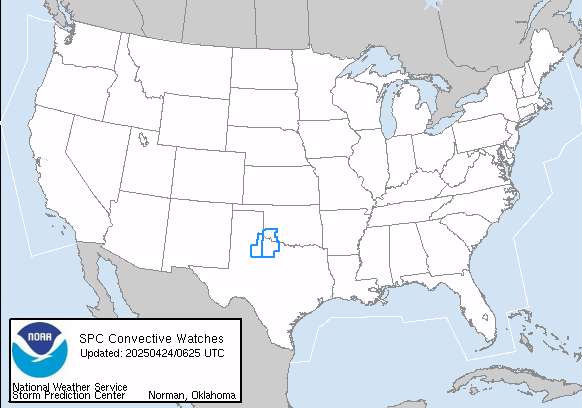
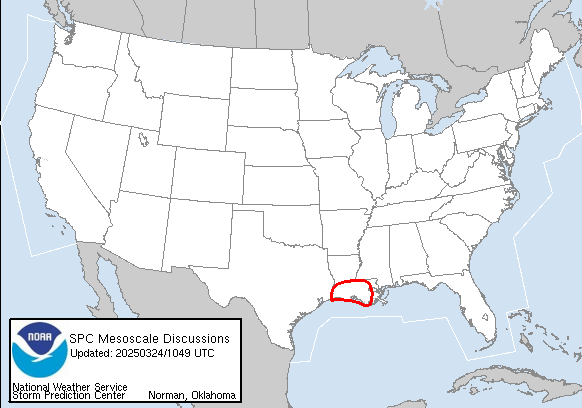
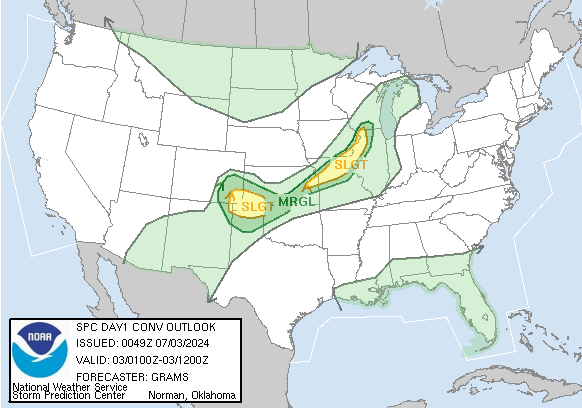
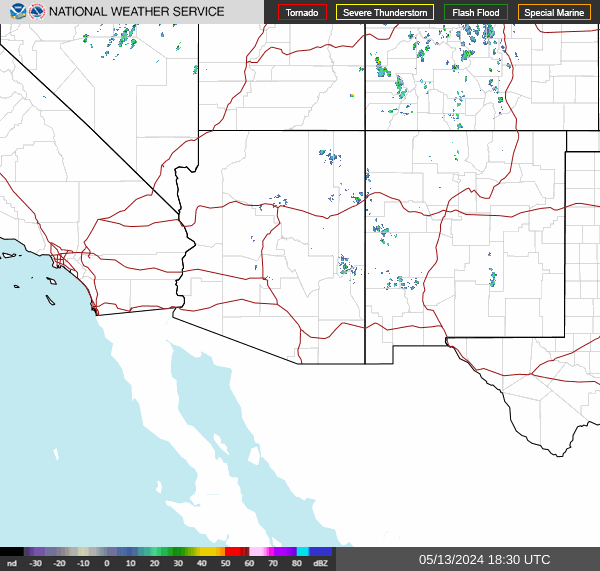
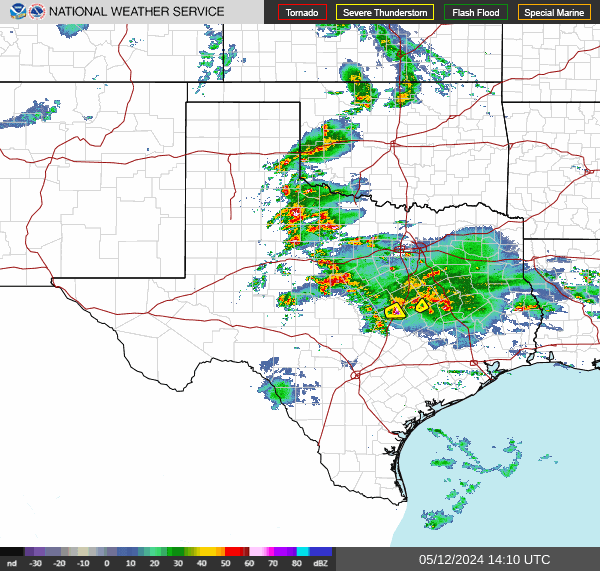
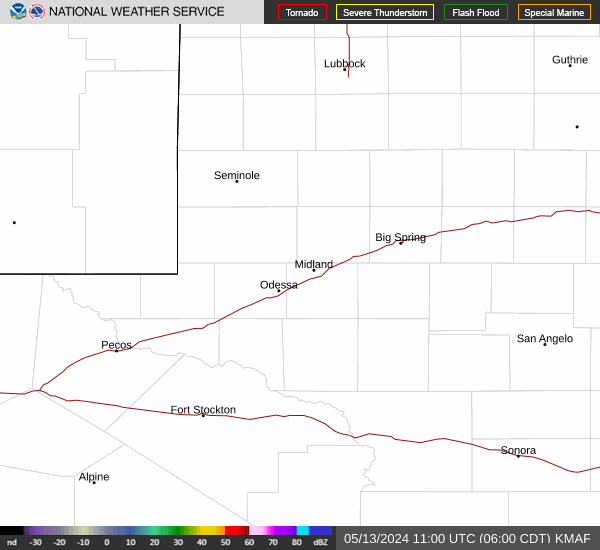
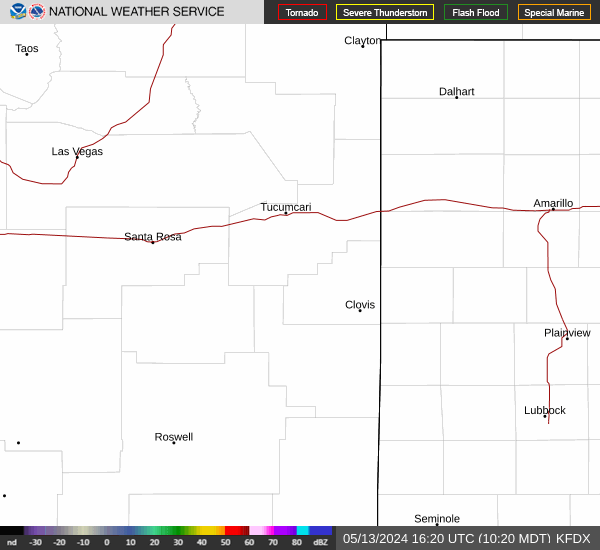
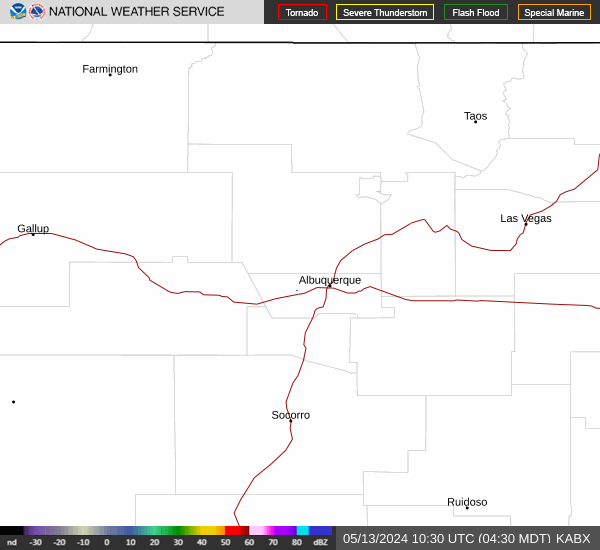
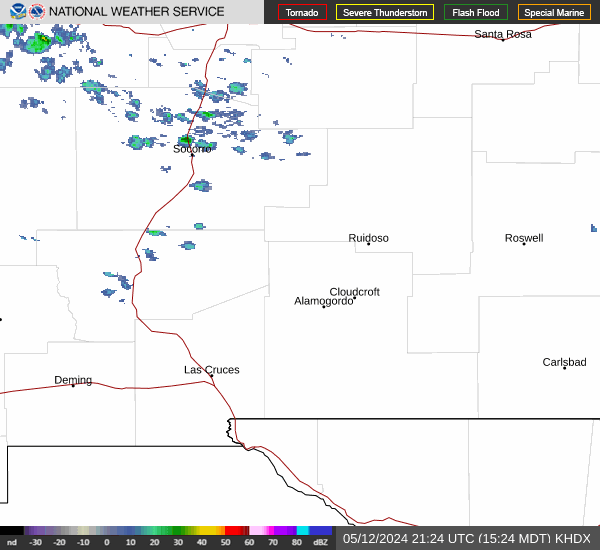
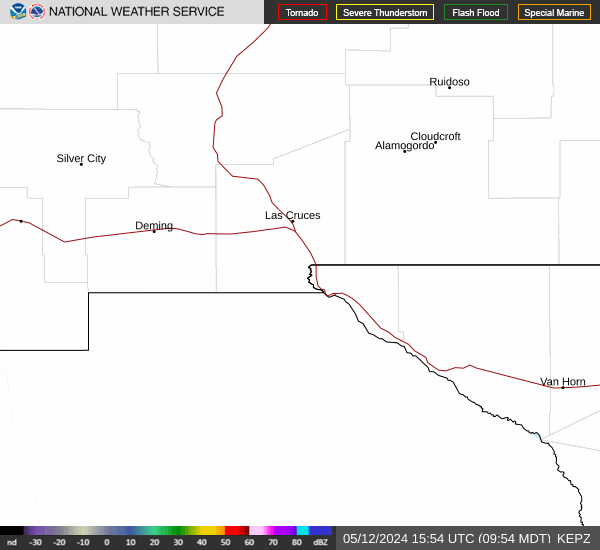
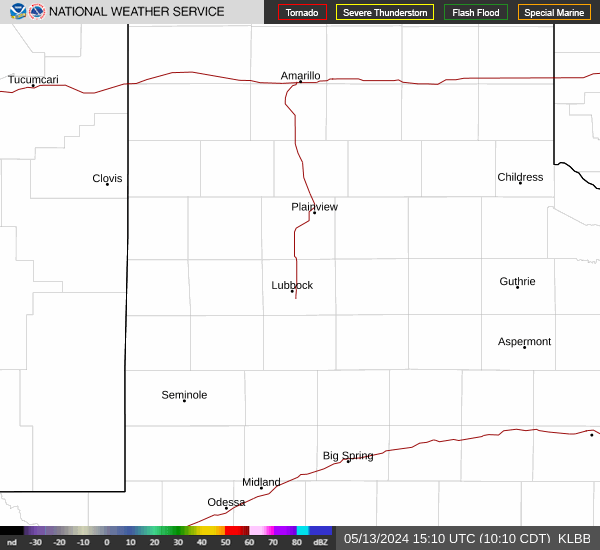



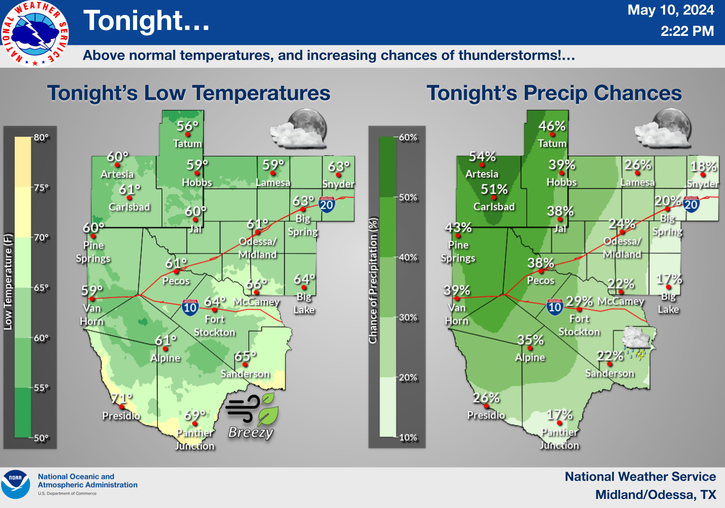
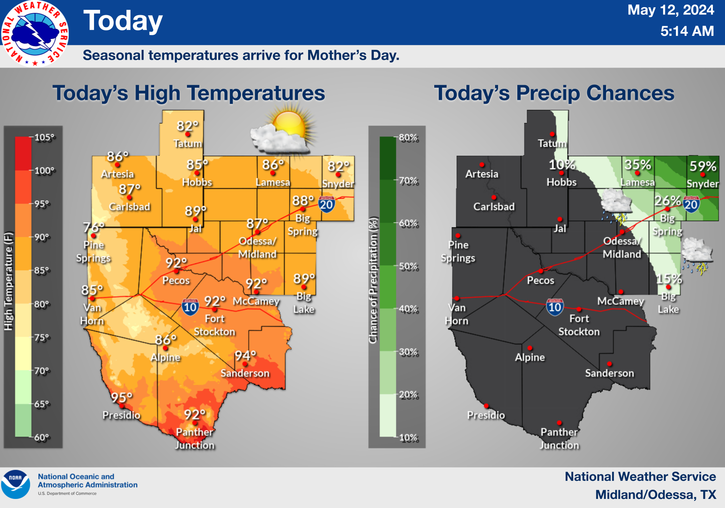
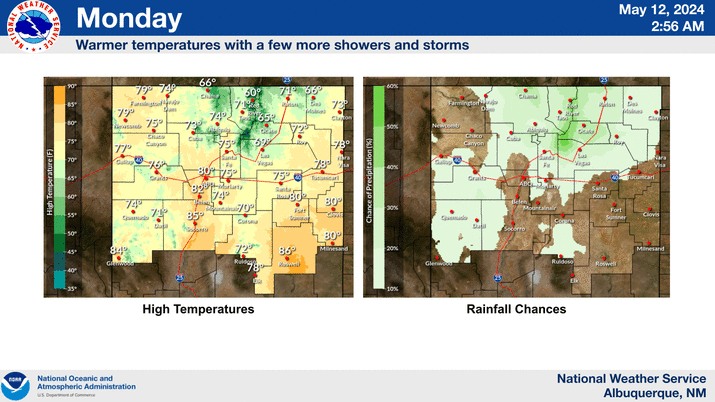
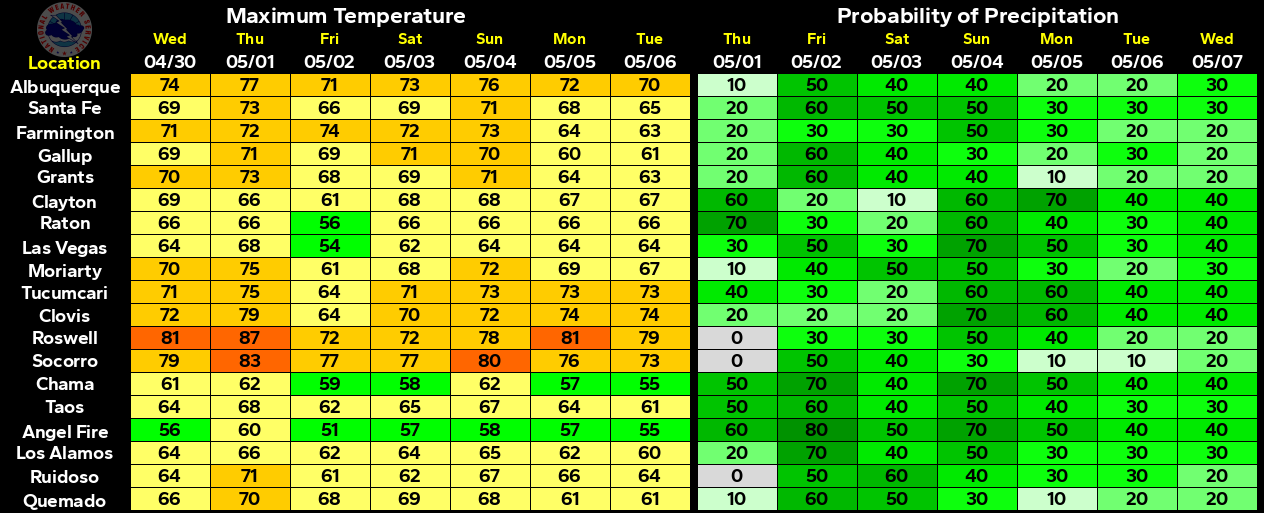
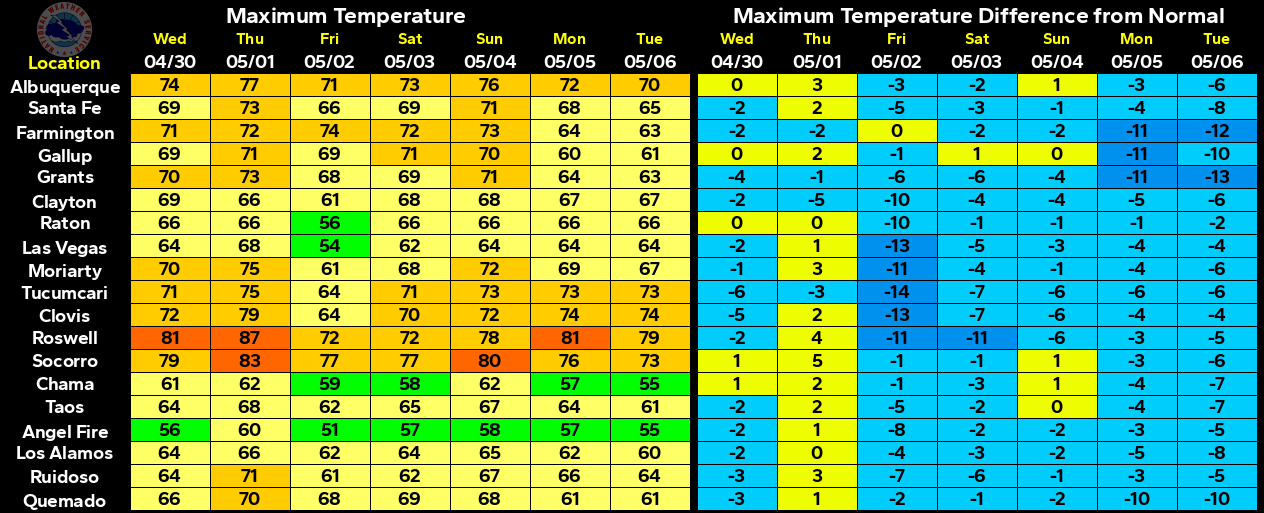
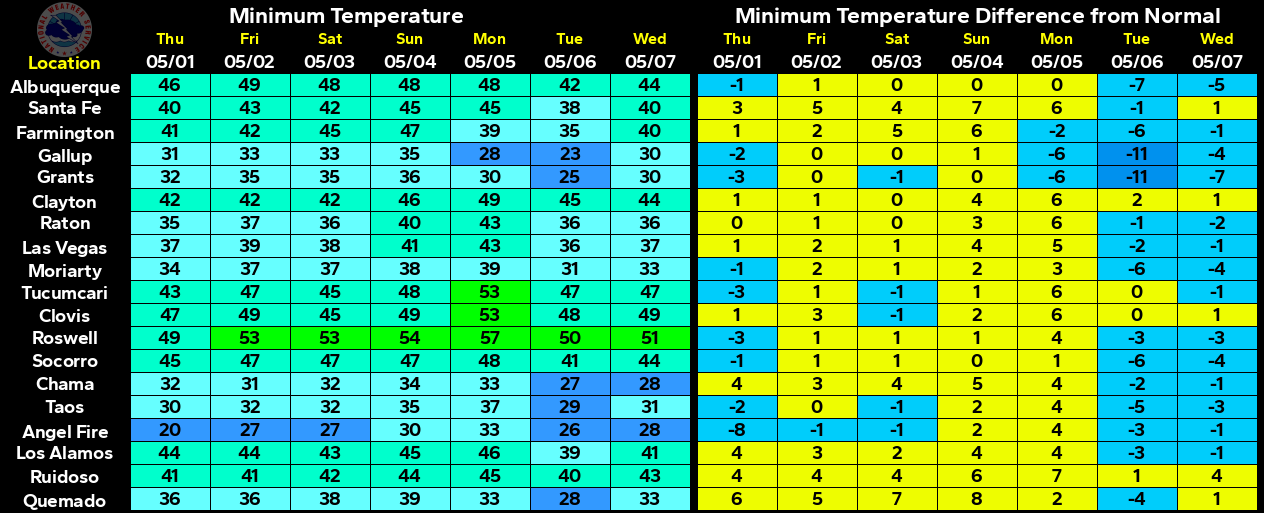
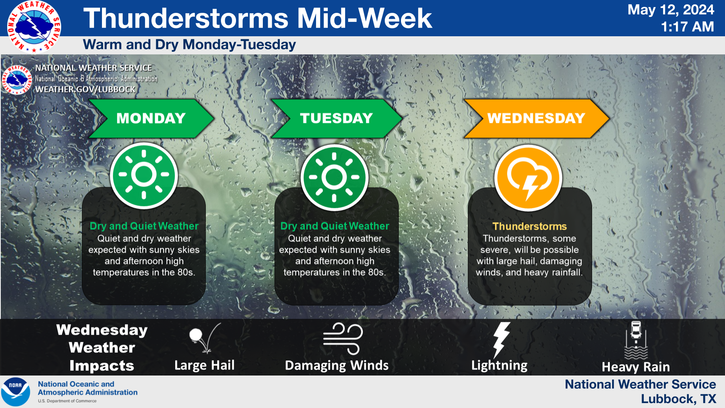
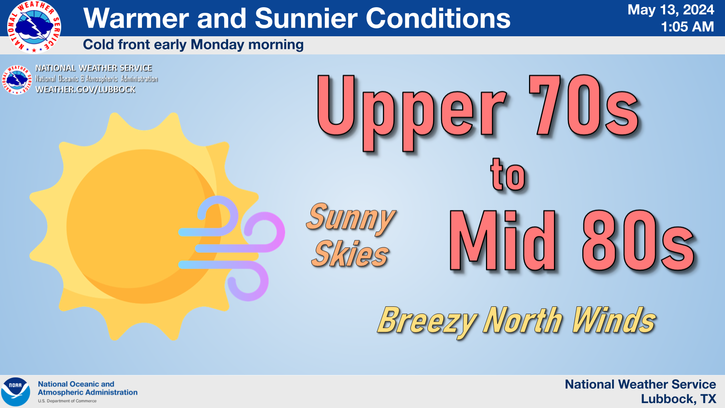
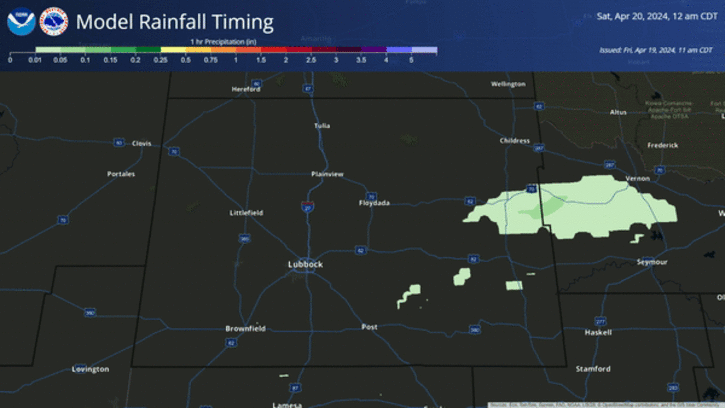
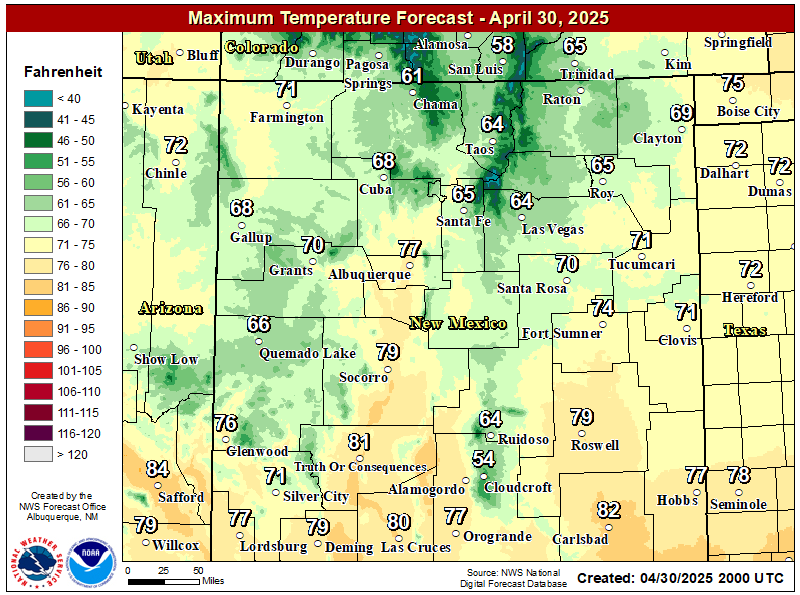
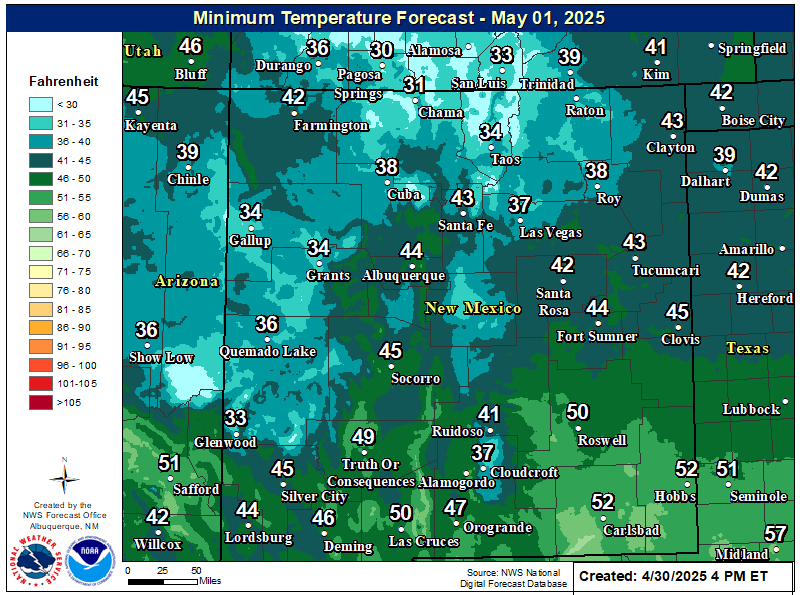
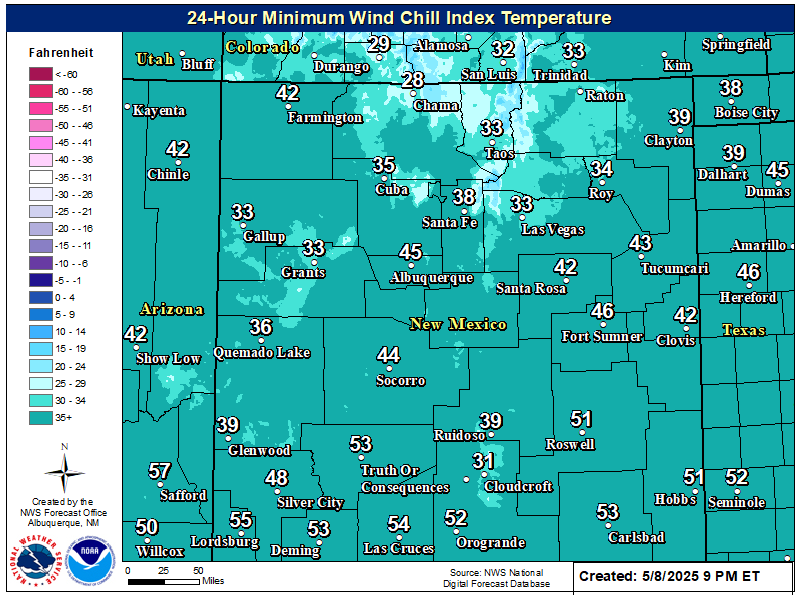
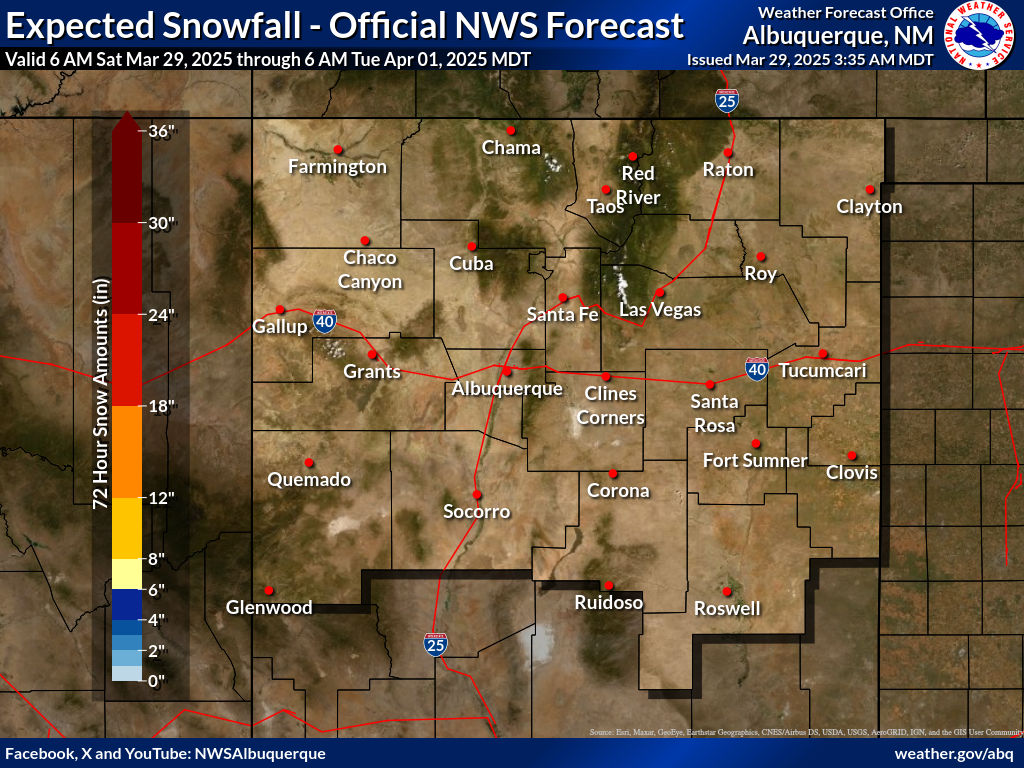
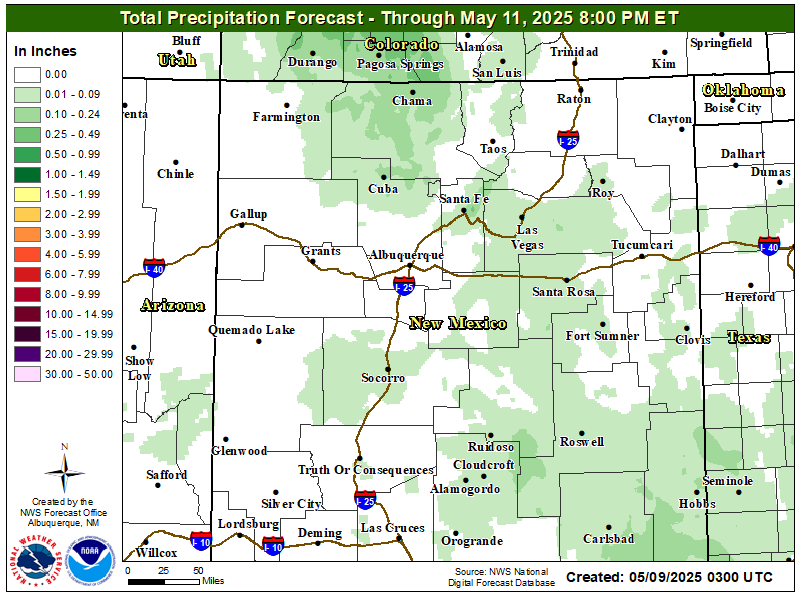
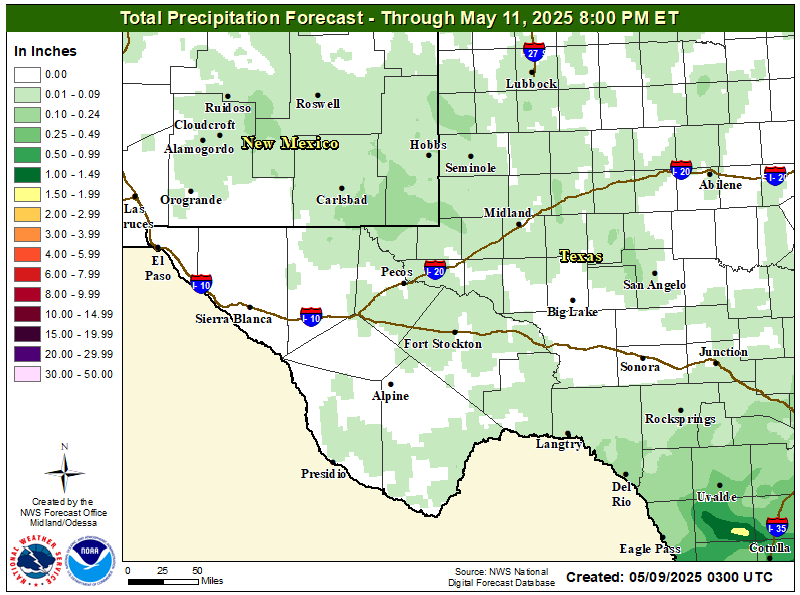
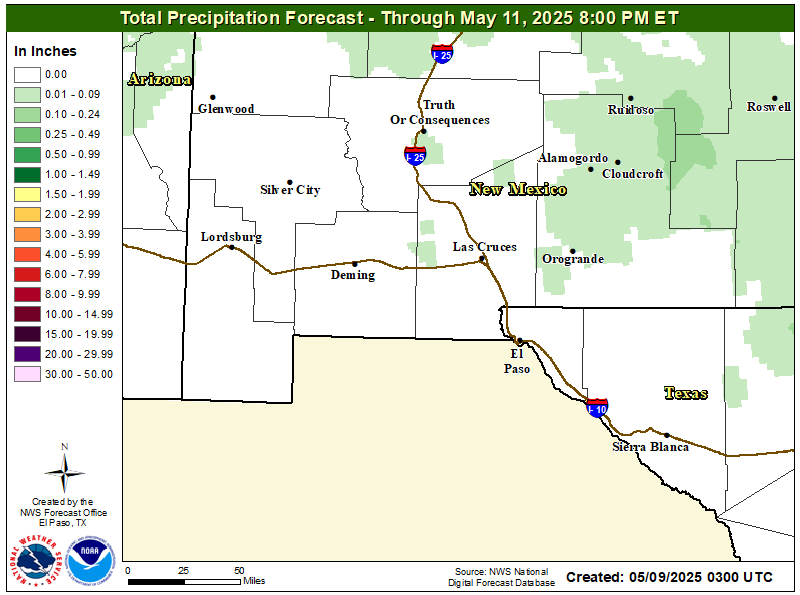

Comments
Post a Comment
Your comments, questions, and feedback on this post/web page are welcome.